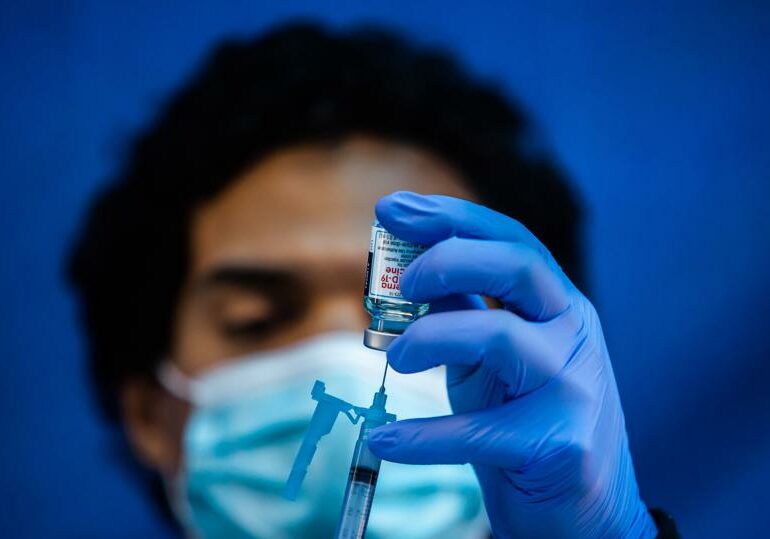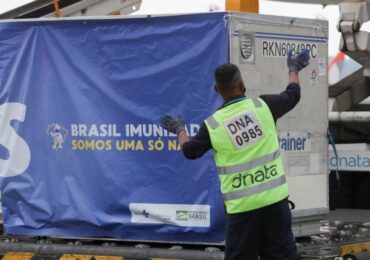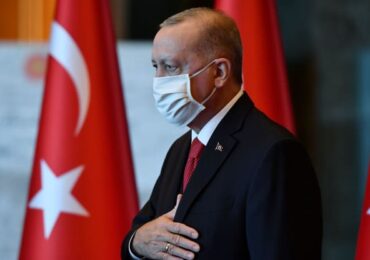Covid-19 vaccine distribution rates in the U.S. are likely to accelerate in the coming months to potentially twice the amount now being administered, as vaccine manufacturers project substantial boosts in production and the White House increases the number of doses it sends out to states.
Vaccine manufacturers Pfizer and Moderna testified to Congress Tuesday they’re both on track to deliver 300 million doses each by the end of July—which would vaccinate 300 million people, since both shots require two doses—and manufacturing improvements will let them increase the number of vaccines they’re able to ship out even sooner.
Pfizer will be able to ship more than 13 million doses by mid-March, Chief Business Officer John Young testified Tuesday—up from four to five million per week at the start of February—providing 120 million doses in total by the end of March and an additional 80 million doses by the end of May.
Moderna President Stephen Hoge told lawmakers the company will have delivered 100 million doses of the vaccine to the U.S. government by the end of March and will move up its schedule to send out a second 100 million by the end of May; more than 40 million monthly doses will be sent out by April, double the company’s current rate.
If the Johnson & Johnson vaccine is approved after the Food and Drug Administration discusses it later this week, the company is on track to provide enough of the single-shot vaccine to cover 20 million Americans by the end of March and 100 million in the first half of 2021, Dr. Richard Nettles, Vice President of U.S. Medical Affairs at Johnson & Johnson’s Janssen Infectious Diseases and Vaccines, testified.
The federal government is steadily increasing the number of vaccines it distributes to states, announcing Tuesday states will receive 14.5 million doses this week—up from 13.5 million last week and 8.6 million in Biden’s first week in office, an increase of nearly 70%.
Bloomberg projects there will be enough vaccine supply to vaccinate 130 million Americans by the end of March based on the three companies’ projections, and approximately 200 million people by April 30.
BIG NUMBER
65 million. That’s approximately how many Covid-19 vaccine doses have been given out so far in the U.S. as of Tuesday, according to the Centers for Disease Control and Prevention, with 19.8 million people so far receiving two doses of the vaccine. (The U.S. has a population of 332 million, per data cited by Reuters.) The U.S. distributed 1.3 million vaccine doses per day as of last week, according to Bloomberg, but Politico estimates three million vaccine doses could be available per day by April based on Pfizer and Moderna’s projections.
WHAT TO WATCH FOR
President Joe Biden said last week that Covid-19 vaccines should be available to all Americans who want one by the end of July, given Pfizer and Moderna’s deals to deliver 300 million shots each by then.
KEY BACKGROUND
The U.S.’s vaccine rollout has been slow and hampered by logistical challenges in a number of states, though the Biden administration has made significant improvements to distribution like partnering with pharmacies and opening federally-run vaccine sites. Pfizer and Moderna’s projections come after the federal government recently struck a deal with the two companies to provide an additional 200 million doses by the end of July, following reports the Trump administration had previously turned down multiple opportunities to secure additional doses of the Pfizer-BioNTech vaccine. Moderna and Pfizer’s vaccines are the only two approved for use so far in the U.S., but the FDA will discuss whether to approve the Johnson & Johnson shot on Friday. The AstraZeneca/Oxford vaccine, which is in use in the United Kingdom, European Union and a number of other countries, is unlikely to be approved in the U.S. before spring.















